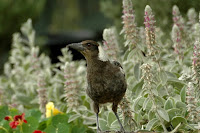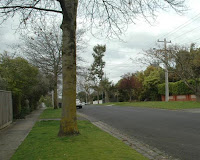When good birds go bad.

September in Melbourne brings many things, but the two most noticeable are the AFL finals and Australian Magpie attacks. The AFL finals involve an oval shaped playing surface, a pointy ball and large numbers of people apparently running in all directions. The magpie attacks involve any shaped playing surface that takes their fancy, a pointy beak and large numbers of people apparently running in all directions. I kid you not – it’s a season of disappointment for many football fans and a season of fear for those who have badly behaved magpies at the bottom of the garden, or any number of other locations where magpies lie in ambush.
The Australian Magpie is not actually a magpie at all in the sense of European or American Magpies. The European Magpie (Pica pica) is a black and white crow, a corvid. While the Australian Magpie (Gymnorhina tibicen) is generally “crow like” in appearance, it is in fact in separate family, the Artamidae. This family contains woodswallows and




